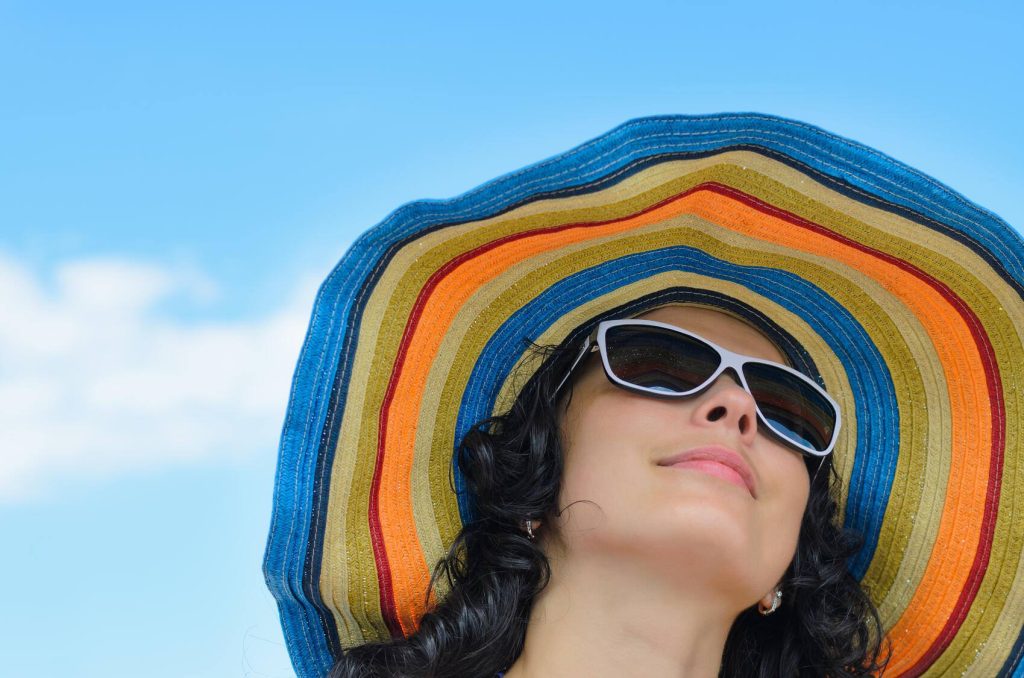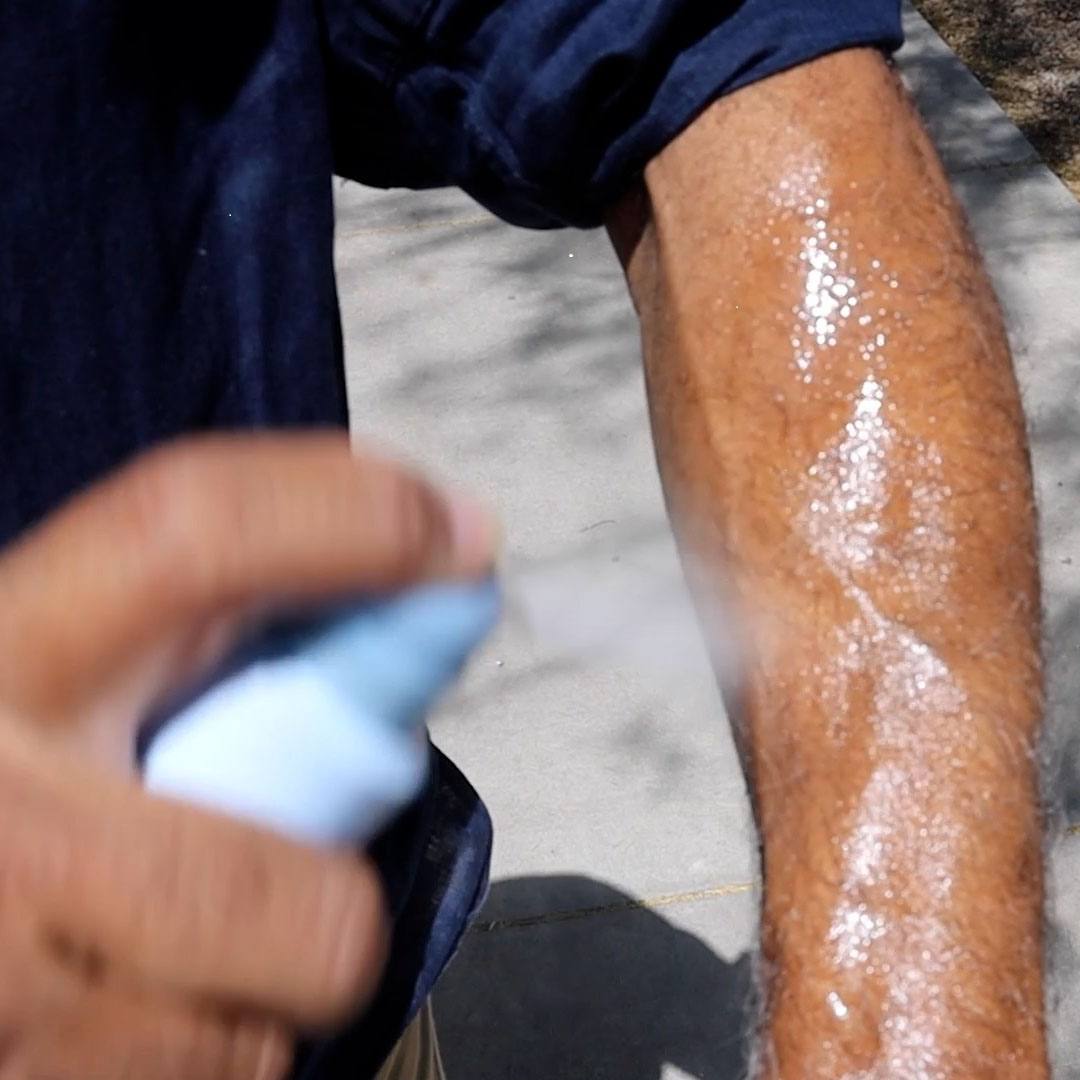-
Cancer
Consumer Health: Enjoying the summer sun safely

August is Summer Sun Safety Month, which makes this a good time to learn more about protecting yourself and your family from the harmful effects of ultraviolet, or UV, radiation from sunlight.
Summertime is here, and for many, that means family vacations and spending time outdoors. Exercising and enjoying time outdoors are important for good health, and activities such as biking, hiking, swimming and boating can be a lot of fun. But these activities also require precautions to stay safe, healthy and protected from the sun.
Exposure to UV radiation from the sun damages your skin, and increases your risk of developing skin cancer, wrinkles and age spots. Children are especially vulnerable because they tend to spend more time outdoors and can burn easily.
Skin cancer, which develops primarily on areas of sun-exposed skin, including the scalp, face, lips, ears, neck, chest, arms, hands and legs, is the most common type of cancer, according to the American Cancer Society. This slideshow includes images of several conditions caused by sun damage — some of which can progress to skin cancer.
Here are four ways you can protect yourself and your family from UV radiation damage:
- Time of day
Avoid sun exposure in the middle of the day — between 10 a.m. and 4 p.m. — when the UV rays are strongest. In addition, be mindful that clouds offer little protection, and UV rays can bounce off surfaces such as water, sand, snow or pavement, leading to increased UV exposure. - Sunscreen
Use a broad-spectrum sunscreen with a sun protection factor, or SPF, of at least 30 — even on cloudy days. Apply sunscreen generously, and reapply every two hours — or more often if you're swimming or perspiring. Use a generous amount of sunscreen on all exposed skin, including your lips, the tips of your ears, and the backs of your hands and neck. And if you're using leftover sunscreen from year to year, be sure to check the expiration date. Learn more about choosing the best sunscreen. - Sunglasses
UV radiation also can burn your eyes. Sunburned eyes can feel painful or gritty. Too much UV light can damage the retina, lens and cornea. Sun damage to the lens can lead to clouding of the lens, or cataracts. Exposure to UV light also can increase your risk of developing ocular melanoma. Sunburn of the cornea also is called snow blindness. Look for sunglasses that block both types of UV radiation — UVA and UVB rays. Learn more about choosing the best sunglasses. - Protective clothing
Sunscreens don't provide complete protection from UV rays. You also should protect your skin with dark, tightly woven clothing that covers your arms and legs, and a broad-brimmed hat that provides more protection than a baseball cap or visor. Some companies also sell photoprotective clothing, with a UV protection factor, or UPF, rating similar to the SPF rating of sunscreens. Learn more about UPF clothing.
Connect with others talking about sun safety in the Skin Health Support Group on Mayo Clinic Connect, an online patient community moderated by Mayo Clinic.







